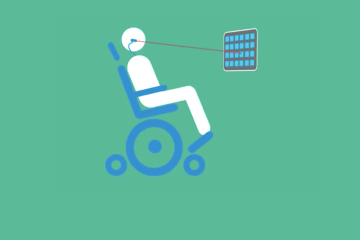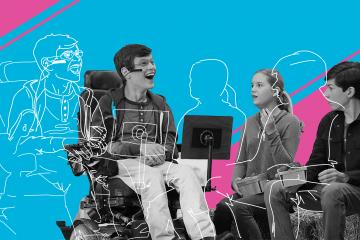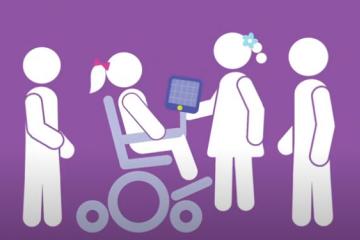Changes over time in speech classification between 4 and 10 years in children with cerebral palsy

Speech impairments like dysarthria are common in children with cerebral palsy (CP) which can greatly affect participation across environments.
Our study examined how speech impairment severity changes over time in 101 children with CP at 4, 6, 8, and 10 years of age. Raters assigned speech severity scores to children with CP at each age using the Viking Speech Scale, a four-level rating tool developed to categorize speech production abilities of children with CP based on severity of speech motor involvement.
Overall, we found that speech motor severity became less severe over time between 4 and 10 years. This finding suggests that at the youngest ages, this scale is sensitive to both speech-motor impairments and speech development immaturities. We also found that severity did not worsen over time. However, children with severe speech motor involvement at 4 years stayed at the same level through 10 years.
Early speech performance is highly predictive of later childhood speech abilities. Children with any level of speech motor involvement at age 4 years should be receiving speech therapy. Those with more severe speech involvement should be introduced to other communication modalities (such as augmentative/alternative communication systems) as soon as possible to maximize communication performance.
Long HL, Mahr TJ, Natzke P, Rathouz PJ, Hustad KC. Longitudinal change in speech classification between 4 and 10 years in children with cerebral palsy. Dev Med Child Neurol. 2022; 64: 1096–1105. https://doi.org/10.1111/dmcn.15198
Those with more severe speech involvement should be introduced to other communication modalities (such as augmentative/alternative communication systems) as soon as possible to maximize communication performance.






